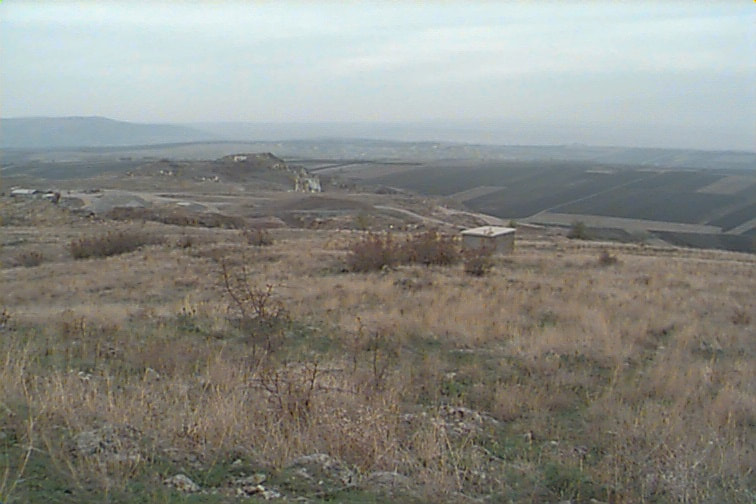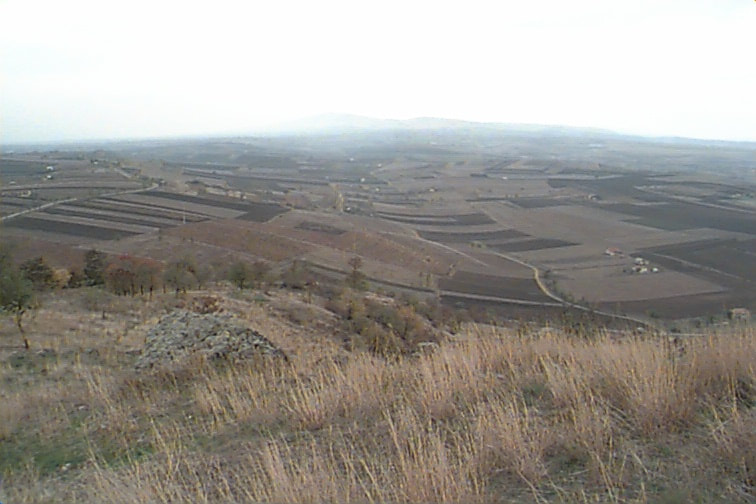- Home
- About
-
Travel
-
Features
- Dyrrachion1081
- Normans in the Balkans
- Manolada 1316
- Kosovo 1389
- Castles on the Danube
- Late Medieval Bosnian Army
- Doboj 1415
- Wallachian and Moldovan troops of the Napoleonic wars
- Anchialos 917
- Slovenian Borderlands
- The Zadruga and the Military Border
- Cretan War in the Adriatic
- Salonika 1916
- Uskoks of Senj
- Siege of Klis 1537
- Eugene in the Balkans
- Moldavian Surprise 1711
- Austro-Turkish War 1737-9
- Militargrenze
- Invading Ottoman Turkey
- Siege of Ragusa 1814
- Russo-Turkish War 1806-12
- Serbian Uprising 1815
- Ali Pasha
- Ottoman Army 1826
- Aleksinac 1876
- Shipka Pass
- Slivnitsa 1885
- Romanian Army 1878
- Austrian forts 19thC
- Kumanovo 1912
- Catalca Lines
- Adrianople 1912-13
- Kajmakcalan 1916
- The other 1918 campaign
- Macedonia air war WW1
- War of the Stray Dog
- Royal Yugoslavian armed forces
- Blunder in the Mountains
- Romanian SS
- Gebirgsjager in the Balkans
- Knights Move 1944
- Vis during WW2
- HLI in the Adriatic
- Adriatic Cruel Seas
- Dalmatian Bridgehead
- Cyprus 1974
- Transnistrian War
- Ottoman Navy Napoleonic wars
- Medieval Balkans
- Balkan lockdown quiz >
- Reviews
-
Armies
- Ancient Greeks
- Pyrrhic army of Epirus
- Dacian wars
- Goths
- Late Roman
- Comnenan Byzantine Army
- Normans
- Serbian medieval
- Albanian medieval
- Wallachian medieval
- Bosnian Medieval
- Catalan Company
- Polish 17C
- Austrian Imperialist
- Ottoman
- Austrian 18thC
- Russian Early 18thC
- Ottoman Napoleonic
- Greek Revolution
- 1848 Hungarian Revolution
- Russian Crimean war
- Romanian Army of 1877
- Ottoman 1877
- Russian 1877
- Balkan Wars 1912-13
- Macedonia WW1
- Greece WW2
- Italian Army WW2
- Gebirgsjager WW2
- Hungary WW2
- Turkey WW2
- Soviet Union WW2
- Bulgaria WW2
- Turkish Korean War Brigade
- Balkan Wars 1990s
- Links
- Books
Kumanovo 1912
|
The First Balkan War followed the formation of the Balkan League (Bulgaria, Serbia & Greece) which aimed to drive Turkey from Europe. Serbia's main objective was the 'liberation' of Macedonia.
Action on the Macedonian front began with the invasion by the Serbian First and Third Armies on 19 October. The First Army consisted of 3 infantry divisions and a cavalry division (60,000 men and 172 guns) commanded by General Putnik. The Third Army under General Jankovic consisted of 3 infantry divisions (33,000 men and 72 guns). The Turkish Vardar or Western Army commanded by Zekki Pasha consisted of three corps (94,000 men and 258 guns) most of whom were concentrated at Skopje. The Battle of Kumanovo took place on 23/24 October 1912, 15 Kilometres northeast of the Macedonian capital Skopje (then called Uskub). The Turkish 6th and 7th Corps attacked the left flank of the Serbian 1st Army with a supporting attack on the centre. The attack consisted of repeated infantry assaults supported by massed artillery. After some initial success these attacks were driven back. The following day both Serbian armies counter attacked driving both Turkish corps back towards Skopje. On the 26th the Turkish 5th Corps was defeated by the Serbian 2nd Army at Kratovo, east of Kumanovo, forcing the Turks to abandon Skopje. Some Turkish units retreated down the Vardar towards Salonika. Others fought a series of rearguard actions towards Monastir where the second major action of the war took place in November. Photographs of the battlefield today courtesy of Tom Bierschenk. Further reading
For a good introduction to the war on land and sea we recommend two booklets by A.J. Martins The First Balkan War 1912-13 published by Plantsman Press. The best one volume history is Richard Hall's The Balkan Wars 1912-13 published by Routledge 2000. for the Turkish army Edward Erickson's Defeat in Detail published by Prager 2003. For uniforms and equipment see The Balkan War 1912-13 by Alexander Vachkov. On a more modern note. The second time Kumanovo achieved note in Balkan military history was the summer of 1999, when a tent on the French temporary airfield just north of the city was used as the site for the second and subsequent days of negotiation for the Military Technical Agreement providing for VJ and MUP withdrawal from Kosovo during the second week of June. |
Zebrnjak memorial, seen from about 4km to the north. The memorial is located about six kilometres to the west of the city of Kumanovo and the main Belgrade-Salonica highway.
View from the monument to the East; the city of Kumanovo is barely visible over the second ridgeline.
View of the monument from the north side
|






